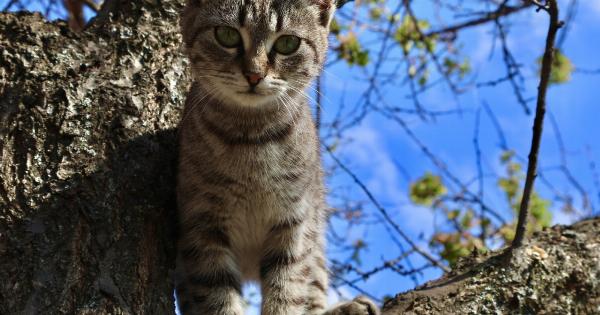Feeding street cats can be a fulfilling and humane act. It is essential to understand responsible feeding practices and their implications for the safety and health of these feline community members. Here are some best practices to follow.
1. Regular feeding schedule
It’s crucial to establish a routine feeding schedule for cats that come to your feeding area. Consistency will make these cats feel more comfortable and secure, and it will also help to create a feeding pattern for them.
At the same time, this will cut down on the number of cats roaming your area, as they will know they can always come back and be fed.
2. Limited food quantity
While feeding cats, ensure to not overfeed them. A small quantity is good enough for these cats with smaller stomachs. Overfeeding can lead to obesity, but a small portion can help the cat maintain a healthy weight.
Remember, food should also not be left out for too long, as this invites other animals or pests, and can promote food contamination.
3. Easy access to clean water
Water is just as important as food, and it’s essential to make sure there is always water available for the cats. Fresh and clean water is also necessary to prevent cats from becoming dehydrated and to keep them healthy.
Cat owners can keep an eye out for water sources that need some cleaning in the feeding area to maintain a clean environment.
4. Use appropriate food
It is important to have the right food for their dietary needs. It is not always a good idea to feed cats with store-bought food. Cat food has specific nutritional requirements that meet the feline’s specific needs.
It is important to ask animal shelters, veterinarians, or pet stores for recommendations on what type of food will best serve the street cats. Fresh food is also appreciated by these cats, and meat scraps, cooked eggs, and rice can all be good options.
5. Proper food placement
Ensure to place the food in a safe area, away from busy roads, and walkways that can harm cats or humans. The placemats can also be raised with brick layers or properly situated to prevent them from being kicked over.
The ideal placement for feeding areas is in a quiet, peaceful location where cats can eat without being disturbed.
6. Regular cleaning practices
Keeping cat feeding areas clean is essential for maintaining a healthy cat population. If regular cleaning practices are not instituted, the feeding space’s environment will become messy and unsanitary, which will prevent cats from coming to eat.
Cat owners must clean up the feeding area regularly and dispose of any scraps to keep the area clean and hygienic. It is best to clean the feeding area before putting out food so that cats have a clean, safe area in which to eat.
7. Monitor feeding spots
Lack of proper waste disposal is a primary cause of litter densities in urban areas, harming the environment, and spreading diseases. It is key to monitor your feeding area, and remove any excess waste or dirt scattered around the feeding area.
Being responsible for feeding the network of street felines also means covering the dumping areas frequently.
8. TNR (trap-neuter-release)
TNR is the acronym for Trap-relocate and neuter or spay cats to inhibit reproductions and keep them healthy. This practice can be implemented for more robust programs to prevent the cat population from growing and improve the cat’s lifespan.
In other words, TNR programs limit the negative impact of human-induced problems like habitat destruction and can contribute to sustainable cat communities and environments.
9. Cooperation with animal shelters and veterinarians
Working with animal shelters, vets, and animal welfare agencies can help improve the lives and health of street cats.
Inform these organizations about the presence of cats in need and receive expert advice on staying vigilant about potential health issues, prevent infections, and other concerns.
10. Remain Respectful
As a responsible cat feeder, it is essential to recognize and show appreciation to the cats and others that share the neighborhood with them.
Remember that the feline population plays a vital role in maintaining a healthy eco-system, and we should respect them as fellow beings and not just as pets or nuisances. Admire the natural-beauty of the sly feline companions and establish trust with them with understandable feedings, clean water, and TNR programs.































